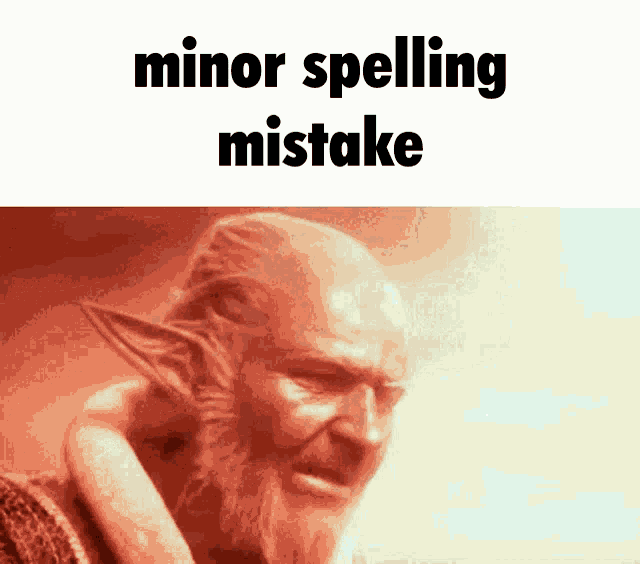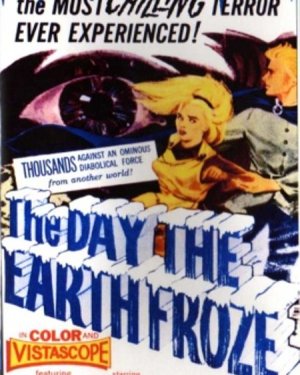The 18th Haapsalu Horror and Fantasy Film Festival was opened by the 1959 fairytale film "Sampo" starring Eve Kivi. The adventures in this film are as fantastic as its content and birth story.
Sixty-five years ago, Mosfilm's cameras buzzed differently than usual: the upcoming film "Sampo" was, in some ways, something new and revolutionary. For the first time, Soviet cinematographers teamed up with filmmakers from a capitalist country - a Soviet-Finnish collaboration film was born. New technologies were encountered for the first time - the film was ready for widescreen and stereo sound (the latter only for the Finnish cinema market).
All this meant that more time and money was spent than on a typical film project. The shooting took place in Finland, Crimea and Mosfilm studio, and the whole process took two years. The film was to become another triumph for the director Aleksandr Ptuško, whose magical fairy-tale films with abundant special effects brought big box office both in the Soviet Union and in the countries of the Eastern Bloc.
In Finland, the screen adaptation of "Sampo" raised quite a controversy: the national epic had to be treated with great respect, but it turned out to be impossible to fit the entire epic into one film. Therefore, the manuscript focuses only on the I and III Väinämöis cycle. The Soviet film industry was not interested in this authenticity, and the script of the version that reached Soviet cinema was much freer and more commercial./.../
During the Cold War, nothing was sacred in Soviet-US relations. At the end of the 1950s, in the great Sputnik craze, Soviet studios started producing exciting science fiction films, which in terms of their technical level were in every way superior to corresponding Hollywood films. In America, science fiction was just a secondary B-movie, while in the Soviet Union it was propaganda of national importance. The potential of cinema distribution in America was also seen in these films, but their acquisition often went through very shady channels (for example, copies of films shown in East Germany were copied).
Of course, a Russian pirated film could not be allowed in US cinemas, therefore a whole studio was formed whose job it was to remake these films as much as possible, dub them into English and remove everything that hinted at the Russian origin of the films. The future king of indie films, Roger Corman, began to manage this studio , while the later film genius Francis Ford Coppola was responsible for the new editing, among others. Such a fate awaited "Sampo", which began to be called "The day the world froze".
Ptuško's films were also hijacked. 1952's "Sadko" got a new six under Roger Corman - in the version "The Magical Journey of Sinbad" Sadko became Sinbad, Novgorod became Copasand; 1956's "Ilya Muromets", however, was adapted by Corman into the film "The Sword and the Dragon".
What was happening was in blatant contradiction with modern (also at that time) copyright laws, because all creators were hidden. The Soviet names were replaced by fictional, American or Nordic-sounding names: the main actors Eve Kivi and Andris Ošiņš became Nina Anderson and Jon Powers, while the director Ptuško became Gregg Sebelious (apparently someone in the studio had heard of Sibelius)
"Sampo" was shortened quite a bit, but in America no time was wasted on cutting out Eve Kivi (only the ultra-romantic song numbers were removed). Since it was foreseen that the young beauty would become a screen magnet, proper lobbying was done for "Nina Anderson". A booklet of the film and even an interview with Nina herself were published. It turns out that the girl is a beauty queen of Finnish-American origin, who is engaged in figure skating and collects stamps in her spare time!
However, the film's real star moment came in 1993, when it was screened in the popular Comedy Central film series "Mystery Science Theater 3000". This series featured strange old cult movies accompanied by the witty banter of three "aliens" on the screen. The "Sampo" episode was watched by hundreds of thousands of people and its cult status was secured. It was funny that the commentators knew nothing about the Soviet origin of the film; what's more, they always seemed to be of the opinion that the action was taking place in Sweden instead. On the other hand, nobody in the Soviet Union knew anything about the film's American success. When Eve Kivi took part in the TV show "Stars in music", I decided to ask the opposing team a trick question: which Estonian actress is known as Nina Anderson? The opponents didn't know, and when I triumphantly turned to Eve's team - they didn't know either! It turned out that Eve Kivi had never heard that her alter ego has a brilliant career, cult status and fan pages in America!





 .
.